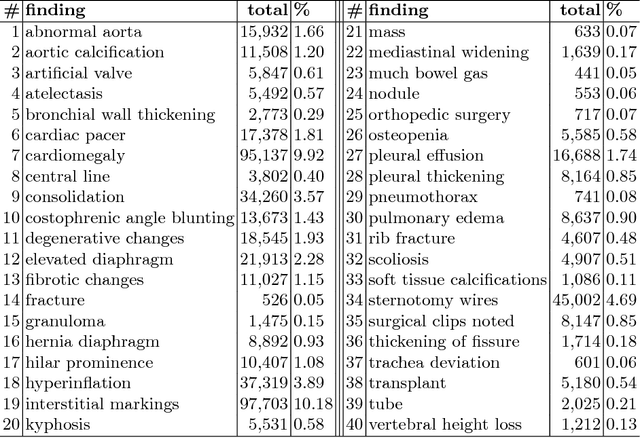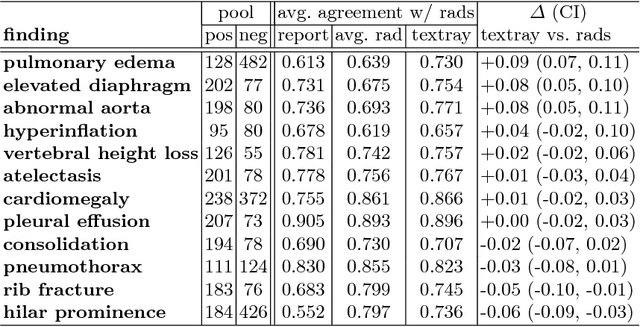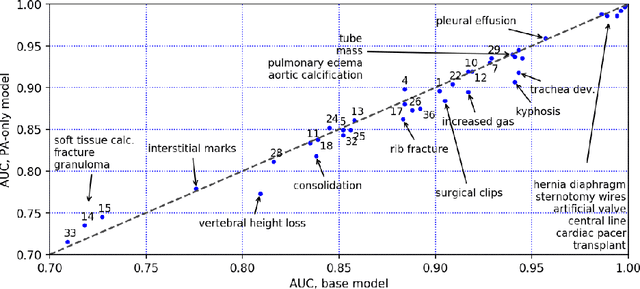Itamar Tamir
PHT-bot: Deep-Learning based system for automatic risk stratification of COPD patients based upon signs of Pulmonary Hypertension
May 28, 2019Abstract:Chronic Obstructive Pulmonary Disease (COPD) is a leading cause of morbidity and mortality worldwide. Identifying those at highest risk of deterioration would allow more effective distribution of preventative and surveillance resources. Secondary pulmonary hypertension is a manifestation of advanced COPD, which can be reliably diagnosed by the main Pulmonary Artery (PA) to Ascending Aorta (Ao) ratio. In effect, a PA diameter to Ao diameter ratio of greater than 1 has been demonstrated to be a reliable marker of increased pulmonary arterial pressure. Although clinically valuable and readily visualized, the manual assessment of the PA and the Ao diameters is time consuming and under-reported. The present study describes a non invasive method to measure the diameters of both the Ao and the PA from contrast-enhanced chest Computed Tomography (CT). The solution applies deep learning techniques in order to select the correct axial slice to measure, and to segment both arteries. The system achieves test Pearson correlation coefficient scores of 93% for the Ao and 92% for the PA. To the best of our knowledge, it is the first such fully automated solution.
TextRay: Mining Clinical Reports to Gain a Broad Understanding of Chest X-rays
Jun 06, 2018



Abstract:The chest X-ray (CXR) is by far the most commonly performed radiological examination for screening and diagnosis of many cardiac and pulmonary diseases. There is an immense world-wide shortage of physicians capable of providing rapid and accurate interpretation of this study. A radiologist-driven analysis of over two million CXR reports generated an ontology including the 40 most prevalent pathologies on CXR. By manually tagging a relatively small set of sentences, we were able to construct a training set of 959k studies. A deep learning model was trained to predict the findings given the patient frontal and lateral scans. For 12 of the findings we compare the model performance against a team of radiologists and show that in most cases the radiologists agree on average more with the algorithm than with each other.
 Add to Chrome
Add to Chrome Add to Firefox
Add to Firefox Add to Edge
Add to Edge